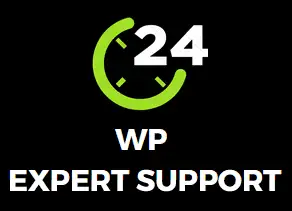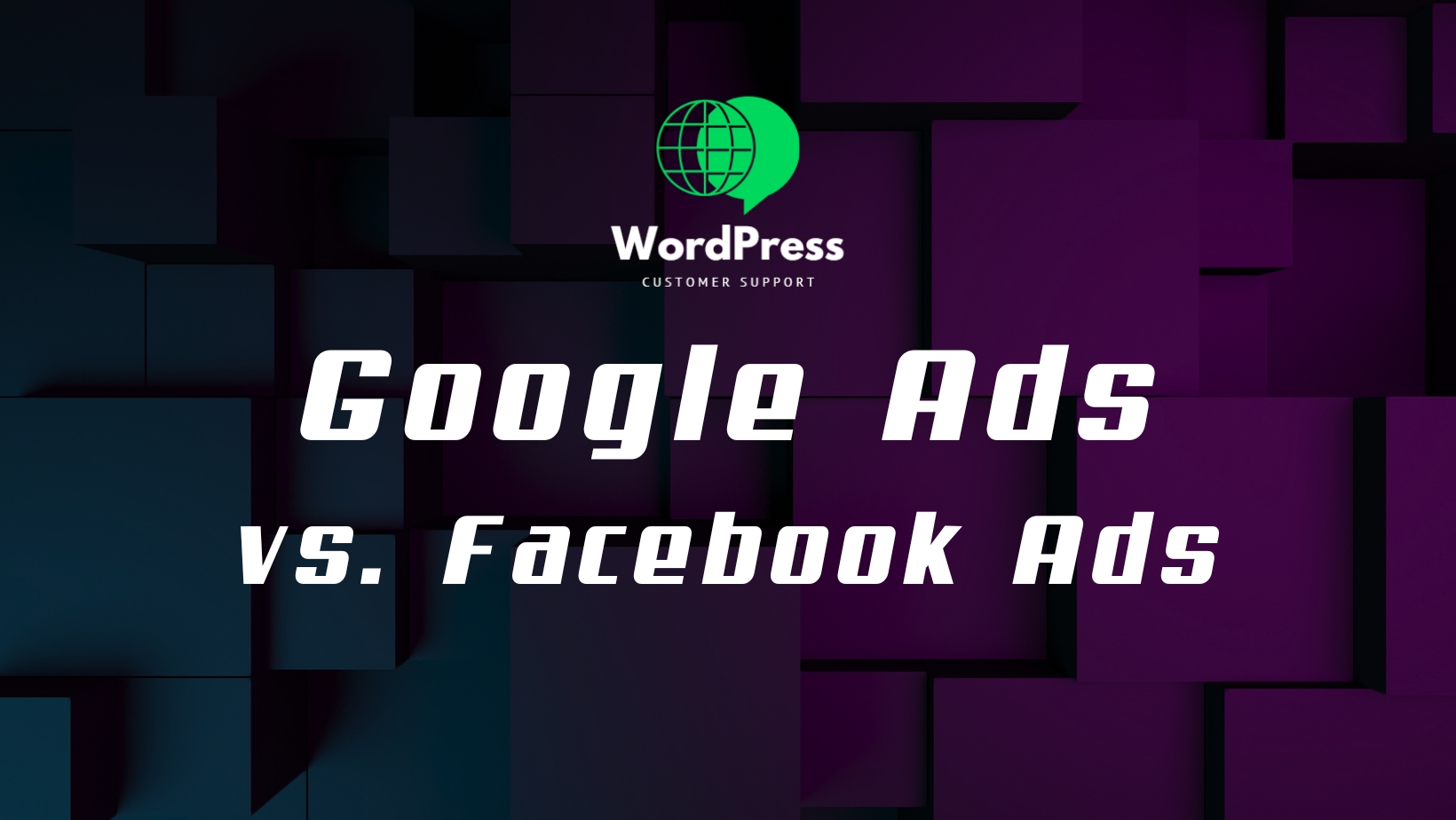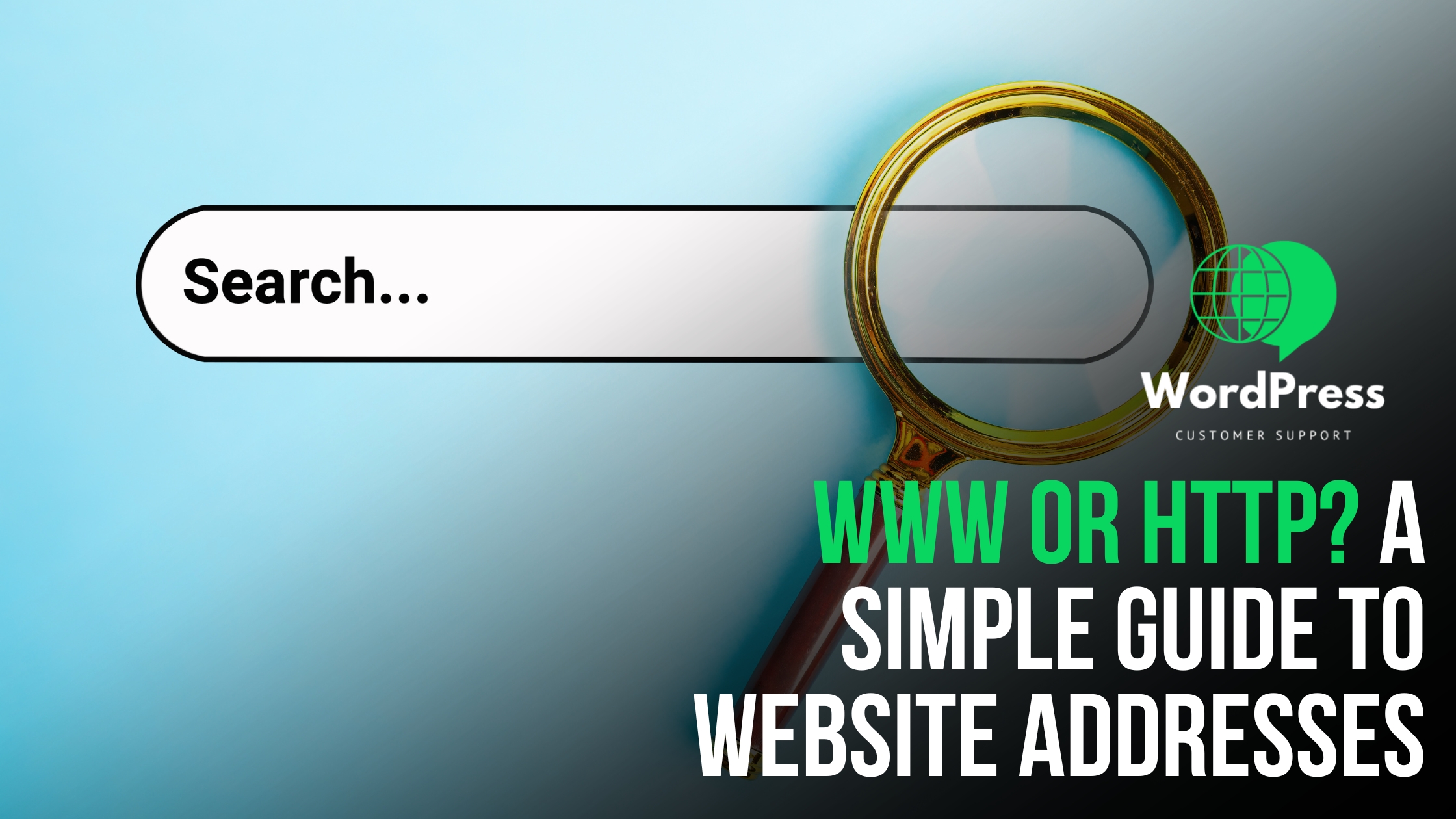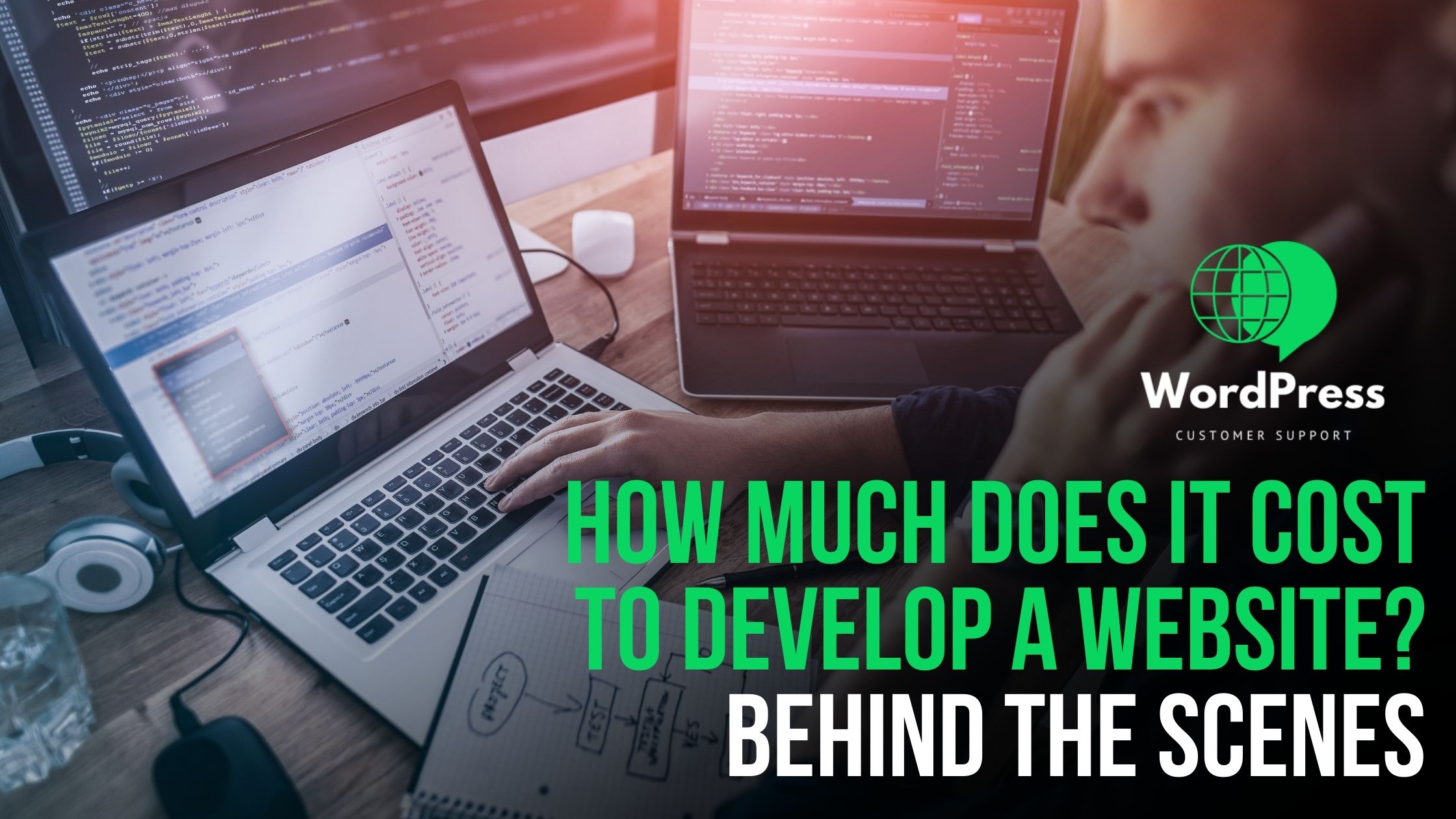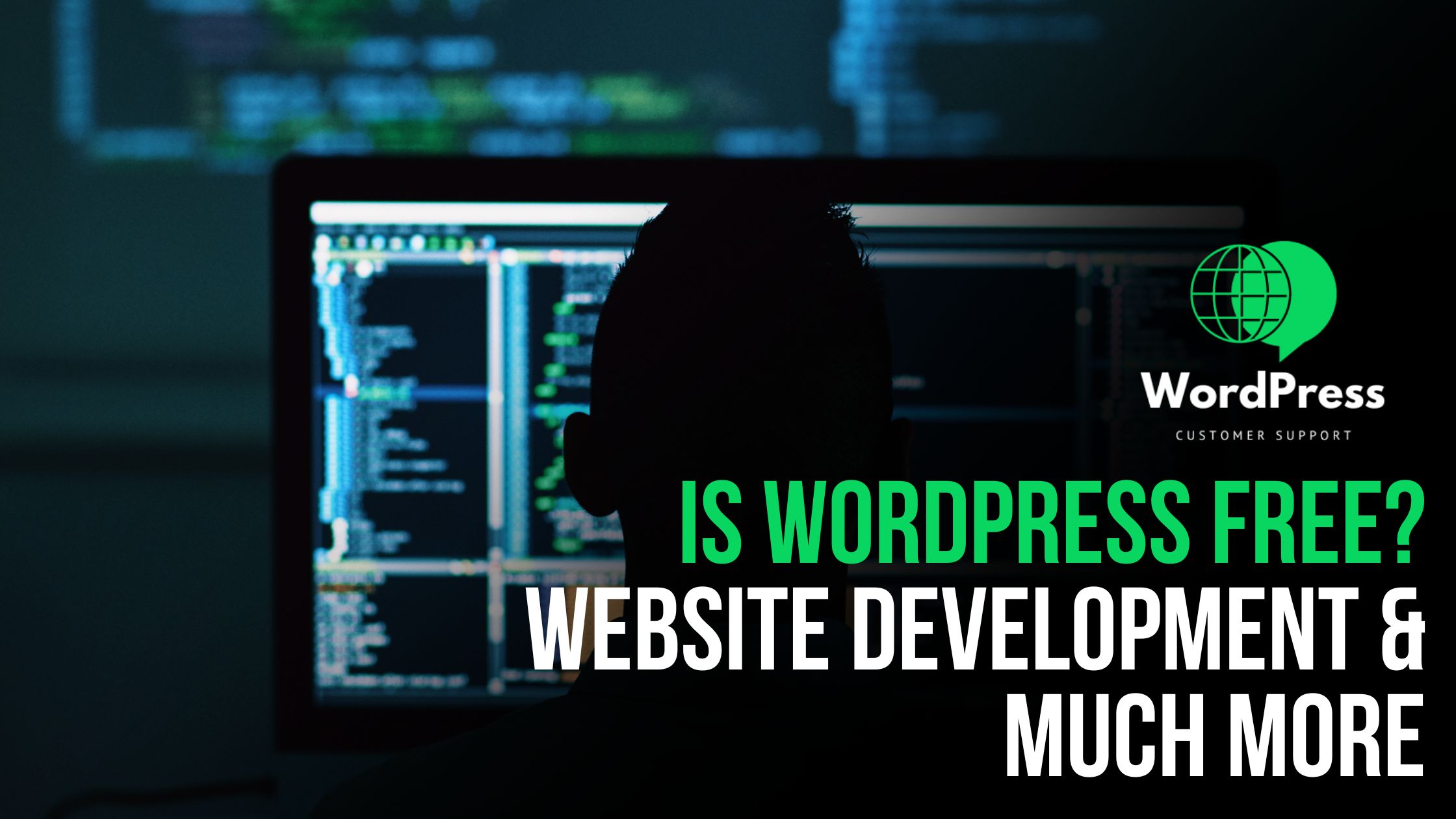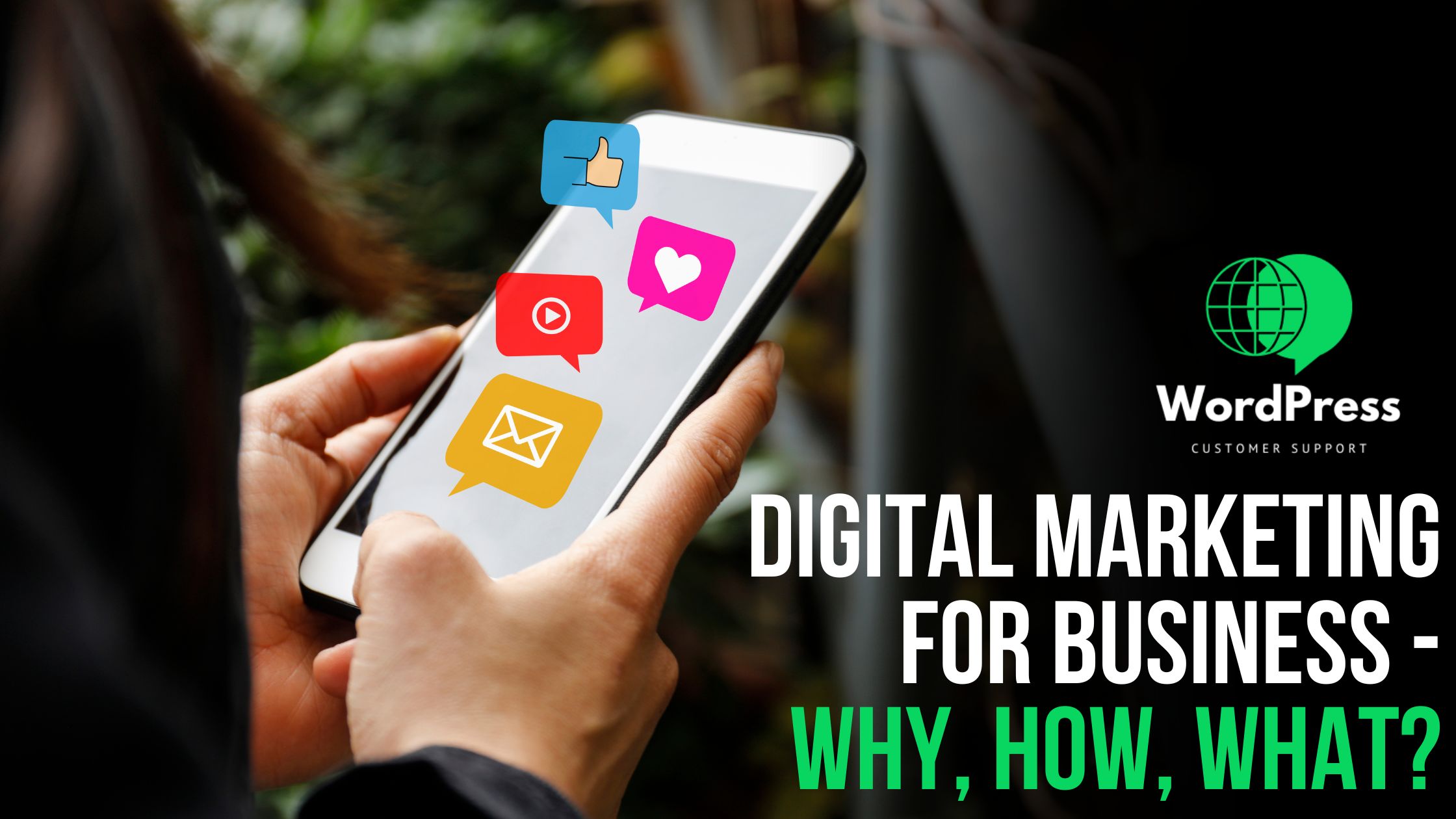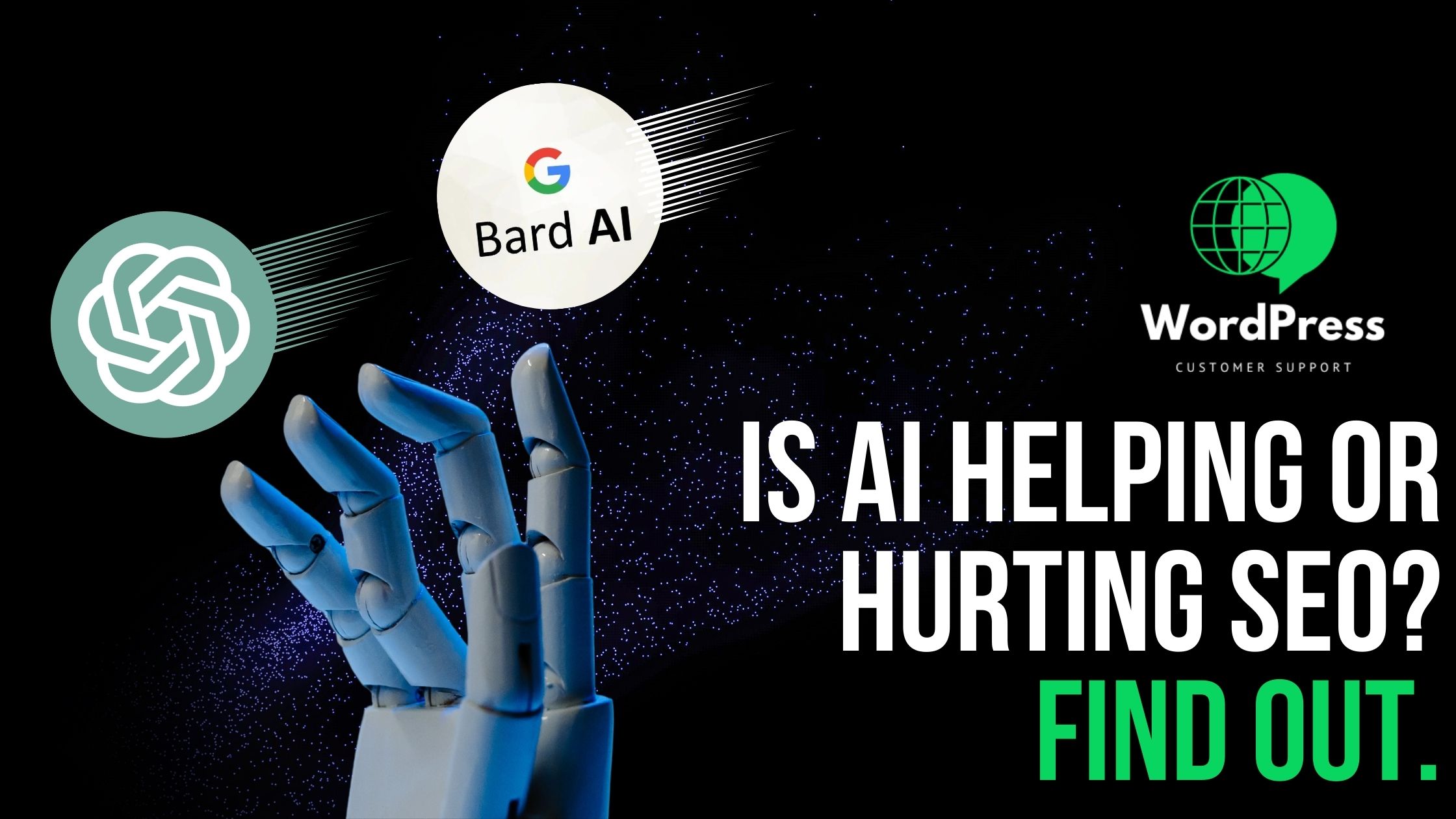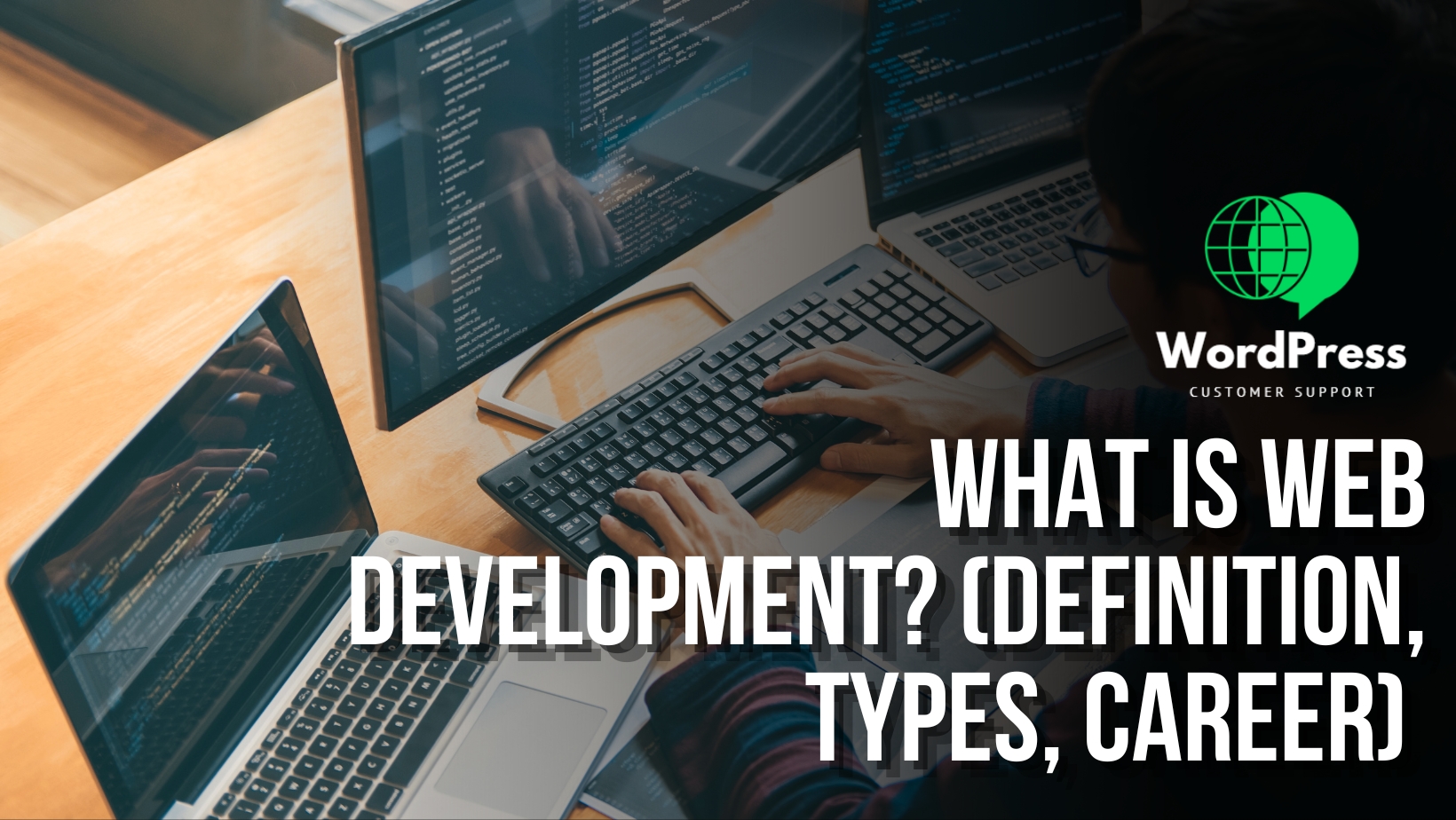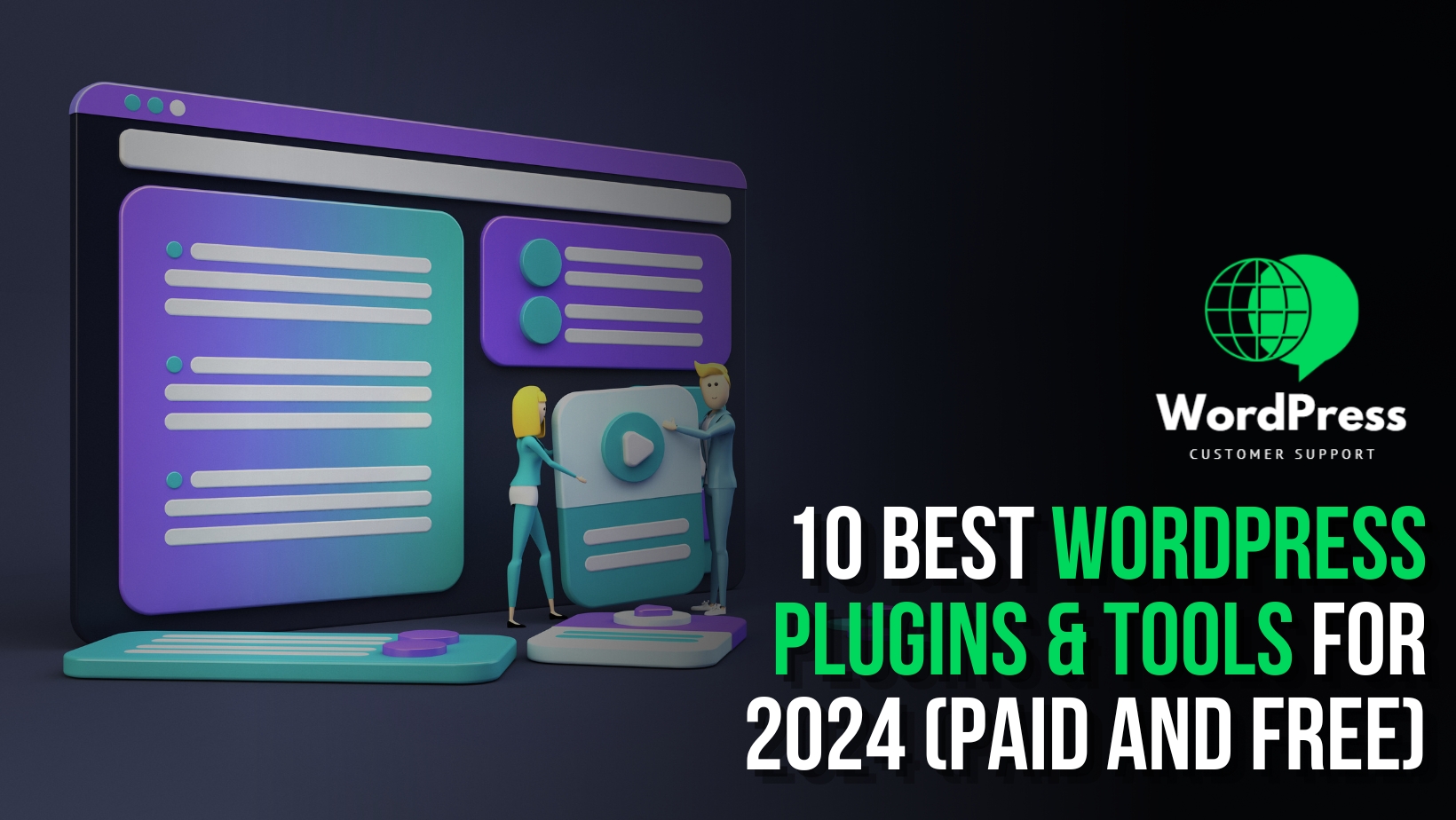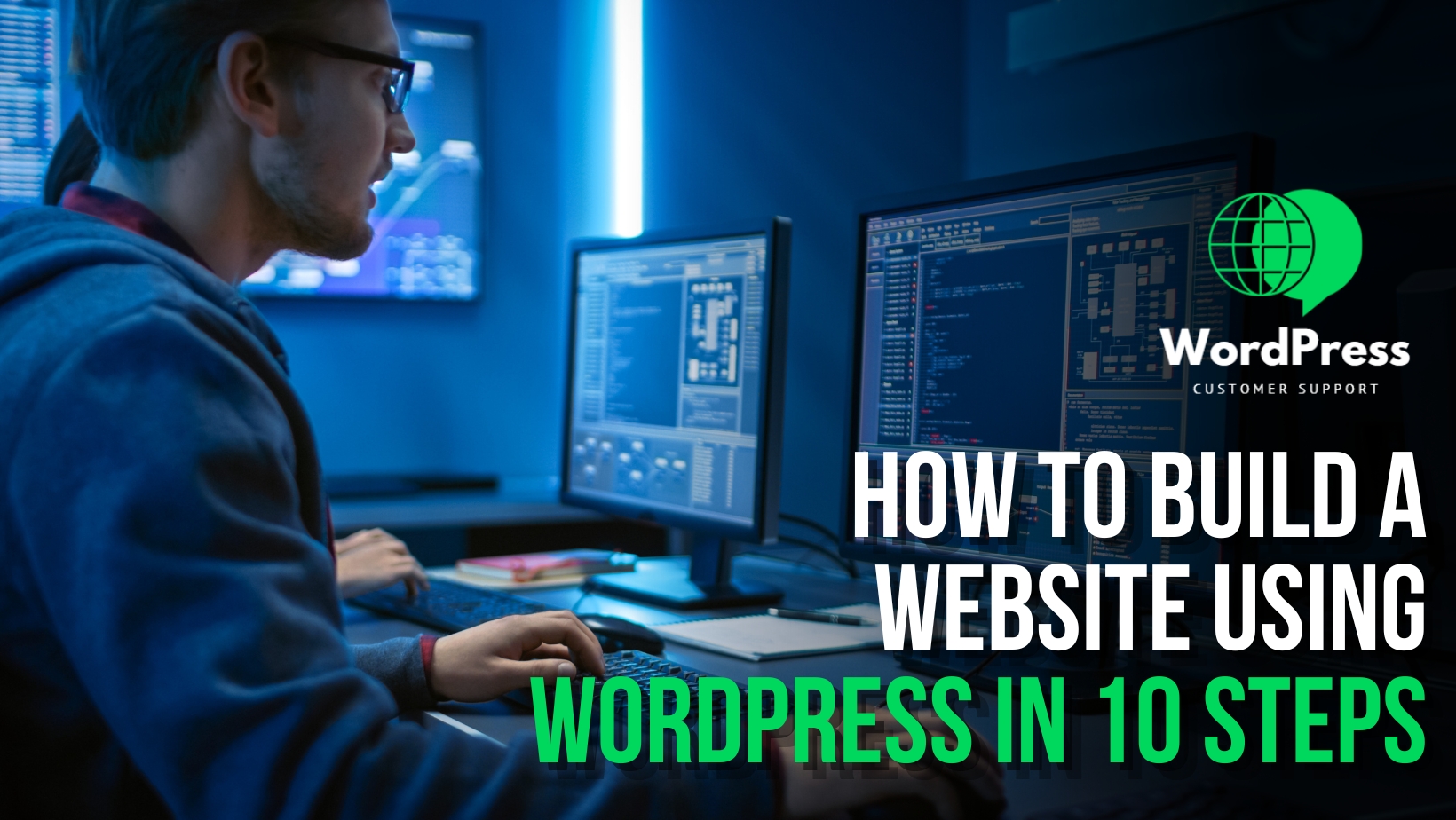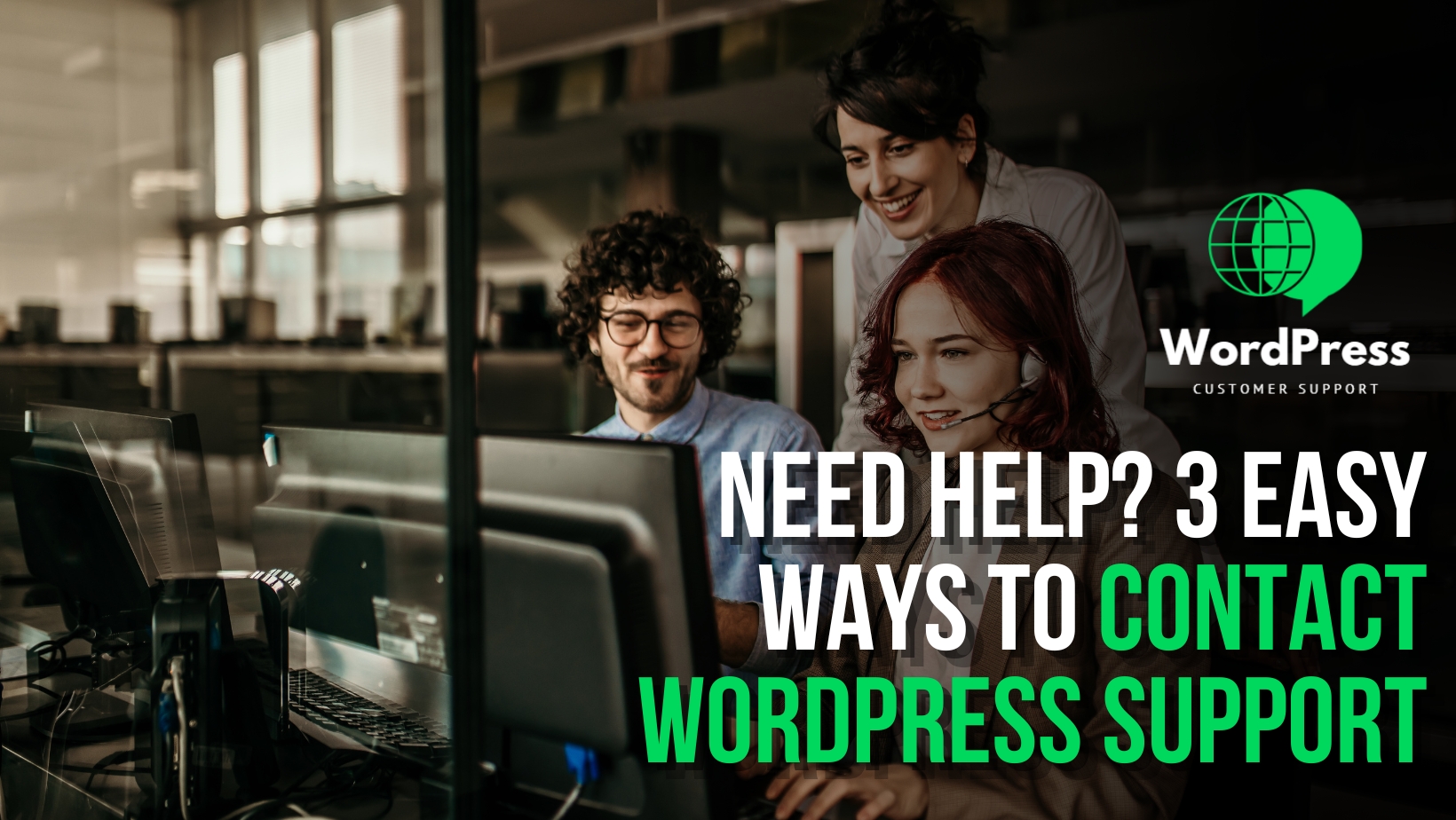In today’s digital age, online advertising has become an indispensable tool for businesses looking to reach their target audience effectively. Two of the most prominent platforms in the online advertising landscape are Google Ads and Facebook Ads. Both offer unique advantages and cater to different marketing objectives. In this blog post, we’ll dive deep into the world of online advertising, comparing Google Ads and Facebook Ads to help you make informed decisions for your marketing campaigns.
Understanding Google Ads
Google Ads, formerly known as Google AdWords, is Google’s advertising platform that allows businesses to display ads on Google’s search engine and partner websites. It operates on a pay-per-click (PPC) model, where advertisers bid on keywords related to their products or services.
Advantages of Google Ads
- High Intent Audience: Google Ads primarily targets users actively searching for specific information or products. These users often have a higher purchase intent, making it ideal for businesses that offer products or services with immediate demand.
- Keyword Targeting: Advertisers can bid on specific keywords, ensuring their ads are shown to users actively looking for related products or services. This precise targeting can lead to higher conversion rates.
- Flexible Budgeting: Google Ads allows advertisers to set daily budgets and bid amounts, providing full control over spending. You can start with a small budget and scale up as you see results.
- Wide Reach: Google’s vast network includes not only its search engine but also partner websites and apps. This extensive reach can help you connect with potential customers across different platforms.
- Ad Formats: Google offers various ad formats, including text ads, display ads, video ads, and shopping ads. This flexibility allows you to choose the format that aligns with your marketing goals.
Challenges of Google Ads
- Competition: Due to its popularity, some keywords can be highly competitive and expensive to bid on, making it challenging for small businesses with limited budgets.
- Complexity: Google Ads can be complex for beginners. Understanding the platform, keyword research, and optimizing ad campaigns require time and expertise.
- Click Fraud: In some cases, competitors or malicious actors may click on your ads without genuine interest, resulting in wasted ad spend.
Understanding Facebook Ads
Facebook Ads is Facebook’s advertising platform that allows businesses to create targeted ads that appear in users’ Facebook and Instagram feeds. It’s based on user demographics, interests, and behaviors rather than keyword targeting.
Advantages of Facebook Ads
- Precise Audience Targeting: Facebook Ads excels in demographic targeting. You can reach users based on age, gender, location, interests, behaviors, and even connections, allowing you to tailor your ads to a specific audience.
- Visual Appeal: Facebook is a highly visual platform, making it suitable for ads with compelling images or videos. This can help engage users and drive brand awareness.
- Engagement and Interactions: Facebook users are often in a browsing mindset, which can lead to increased engagement with ads. Users can like, share, or comment on your ads, amplifying your reach.
- Ad Formats: Facebook offers various ad formats, including image ads, video ads, carousel ads, and more. This versatility allows for creative and engaging ad campaigns.
- Cost-Effective: Facebook Ads can be cost-effective, especially for businesses with smaller budgets. You can start with minimal spending and gradually increase it as you see results.
Challenges of Facebook Ads
- Ad Fatigue: Due to the frequency of ads in users’ feeds, there’s a risk of ad fatigue, where users become unresponsive to your ads over time. Ad creative rotation is crucial to combat this.
- Learning Curve: While creating a basic Facebook ad is straightforward, optimizing campaigns for maximum ROI can be challenging. A deep understanding of audience targeting and ad metrics is necessary.
- Platform Changes: Facebook frequently updates its advertising platform, which means you need to stay updated with the latest features and best practices to maintain effective campaigns.
Choosing Between Google Ads and Facebook Ads
The choice between Google Ads and Facebook Ads ultimately depends on your business goals and target audience. Here are some considerations to help you decide:
Choose Google Ads If:
- You have a product or service with high purchase intent: Google Ads is excellent for capturing users actively searching for your offerings.
- You want to target keywords: If your strategy revolves around specific keywords, Google Ads provides the ideal platform.
- You need immediate results: Google Ads can generate quick results, making it suitable for businesses with short-term goals.
Choose Facebook Ads If:
- You want to build brand awareness: Facebook’s extensive reach and visual appeal make it great for brand-building campaigns.
- You have a well-defined target audience: If you have a clear understanding of your audience’s demographics and interests, Facebook Ads allows precise targeting.
- You’re working with a limited budget: Facebook Ads can be more budget-friendly, making it accessible for small businesses.
- You want to engage with your audience: If you’re looking for user engagement, such as likes, comments, and shares, Facebook’s interactive platform is a strong choice.
Conclusion
Both Google Ads and Facebook Ads offer valuable opportunities for online advertising. To make the right choice, it’s essential to align your advertising strategy with your business goals and target audience. Many businesses even opt for a combination of both platforms to maximize their online advertising efforts. Whichever platform you choose, remember that consistent monitoring, testing, and optimization are key to success in the dynamic world of online advertising.



